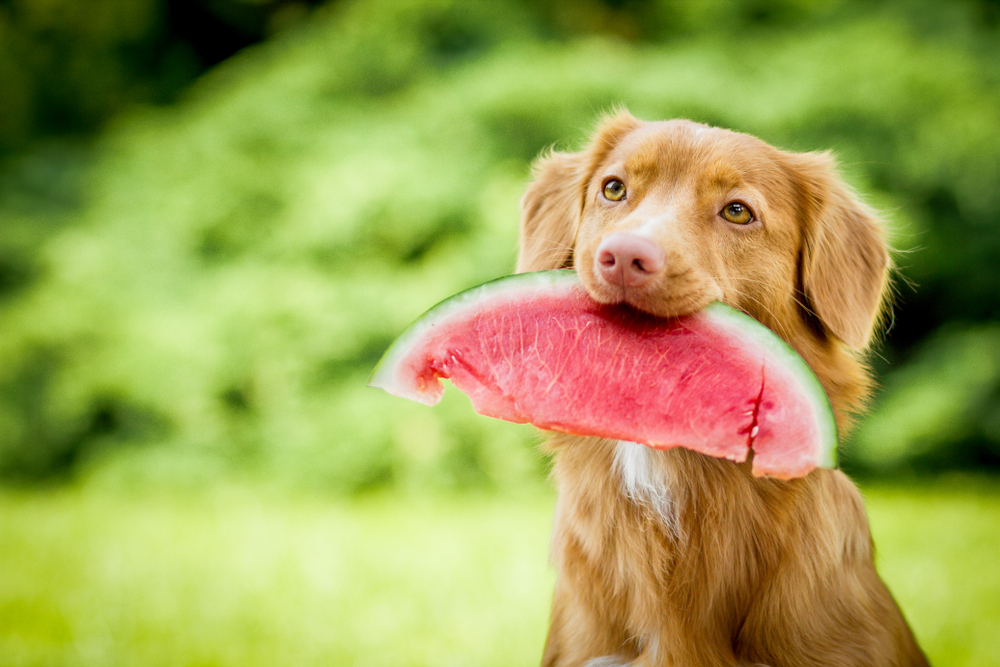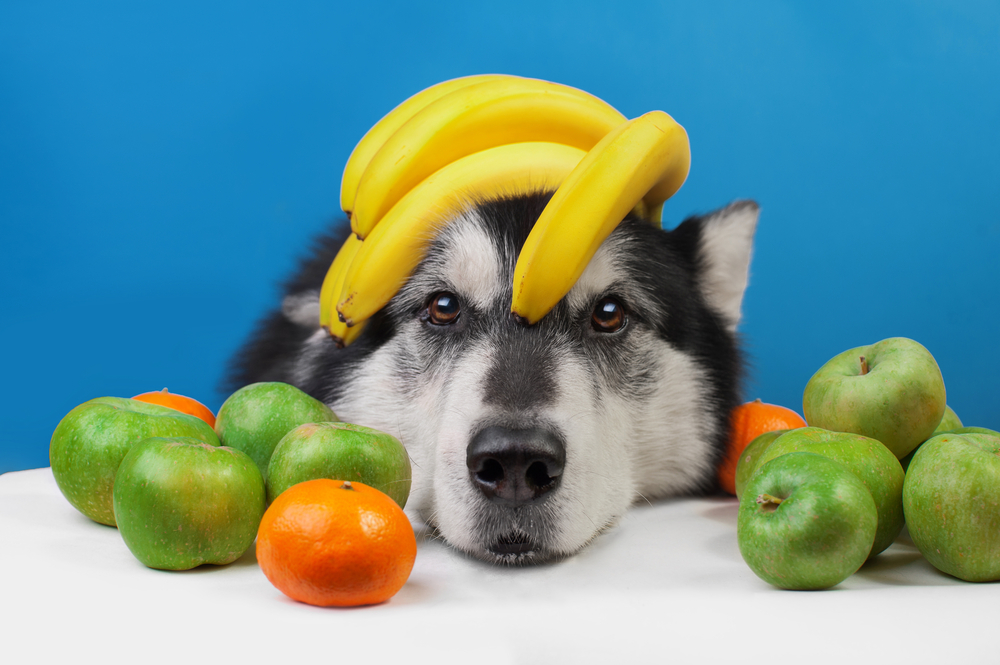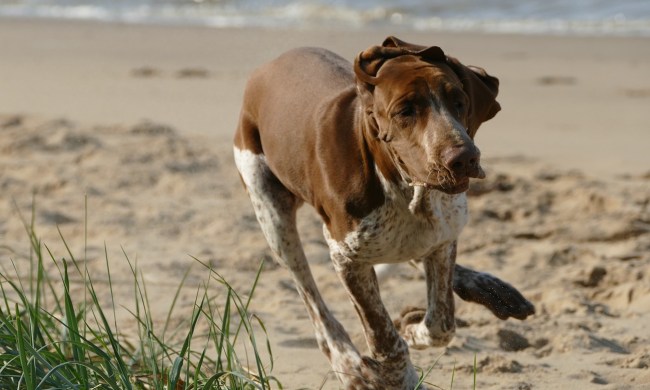That sweet, furry face is staring up at you, the eyes are wide and expectant. You’re eating cherries and your dog is certain you should be sharing them. Cherries are healthy for humans so they must be good for dogs, too. No big deal, right? Not so fast.
Dogs are omnivores. Although fruits and vegetables aren’t a normal part of their diet, some are perfectly safe for your dog to consume. The challenge is knowing which are safe for your furry friend to consume because eating the wrong food can cause serious health problems and, in some cases, even be fatal.
Which begs the question … your dog may want to eat cherries — but should you let them?

Are cherries safe for dogs to eat?
Parts of the cherry are safe for your dog to eat in moderation; however, the other parts can be fatal if ingested. Here’s a breakdown:
- The flesh of the cherry — whether it’s a Bing, Rainier or Royal Anne — is generally safe for a dog to eat. Cherries contain vitamins A and C along with fiber and antioxidants, all of which are as good for dogs as they are for humans. Even so, sometimes cherries can upset a dog’s stomach so watch your dog closely for signs of digestive problems if you decide to share.
- Maraschino cherries, which have been preserved and sweetened, are not toxic to dogs because they have had the pits removed; however, the excess sugar used to process these cherries is not healthy. In addition to an upset stomach and cavities, excess sugar can lead to chronic health problems such as diabetes and obesity.
- The cherry pit, stem, and leaves all contain hydrogen cyanide, a poisonous chemical. In fact, the pits of all fruit (think apricots, cherries, plums, and peaches) contain this chemical and should not be ingested by humans or animals. What’s more, the pit itself could potentially cause an intestinal obstruction, especially in small dogs.
In short, although the flesh of this fruit contains healthful ingredients, experts recommend against feeding your dog cherries. The quantity required to provide any nutritional benefit is small in comparison to the amount of work you would have to do in preparing the fruit for your dog to eat safely.
What should I do if my dog eats a whole cherry?
Cherry trees naturally produce hydrogen cyanide as a way to protect themselves against herbivores. The tree stores this chemical until the leaves are crushed, which releases an activating enzyme causing cyanide to form. Once ingested, the poison inhibits cells from effectively using oxygen, which causes asphyxiation.
Fortunately, accidentally eating a couple of cherries usually won’t cause your dog any distress beyond a mild stomach ache and a bit of diarrhea. Still, if you know your dog has eaten more than a few, it’s best to contact your veterinarian immediately and let them know what happened. They may ask you to monitor your dog’s behavior and bring them in if they exhibit any signs of intestinal obstruction, which would be more common in smaller dogs, or cyanide poisoning.
Symptoms of cyanide poisoning include:
- Trouble breathing
- Red gums
- Dilated pupils
- Seizures, convulsions, and tremors
- Collapse
- Death
These symptoms can occur up to 24 hours after your dog ingested the cherry pit(s).

What fruits can my dog eat safely?
Blueberries, mangos, and apples (without the seeds and core) are safe fruits for your dog to enjoy, along with bananas, cantaloupe, strawberries, peaches, pears, pineapple, watermelon, and raspberries. These fruits are not only low in calories, they are also packed with healthy nutrients and chemicals that make them great snacks for your pet.
As a general rule, it’s best not to let your dog eat any canned fruits, like maraschino cherries, which have high sugar content. And, remember that moderation is key. Dogs process food differently from human beings. Although the occasional fruit snack is perfectly acceptable, they shouldn’t be a regular part of your pet’s diet.
Just say no
We know it’s hard. Those eyes! That face! Sometimes it’s just hard to deny your pup, especially when they can be so insistent. In this case, try your best. Have a suitable alternative on hand for your dog to snack on while you’re enjoying cherries and you’ll both be healthier in the long run.
If you’re looking for the best water dispensers for your dog, we’ve got you covered. Meanwhile, if you’re looking for more dog meal options, read on further to learn about the benefits of dehydrated dog food,


